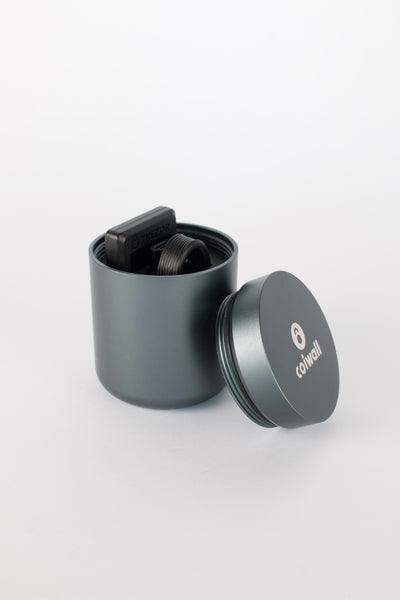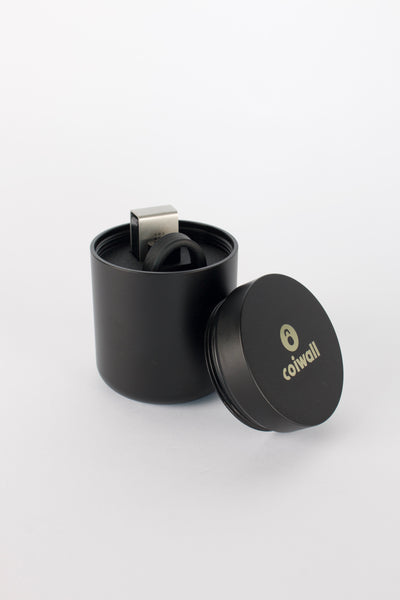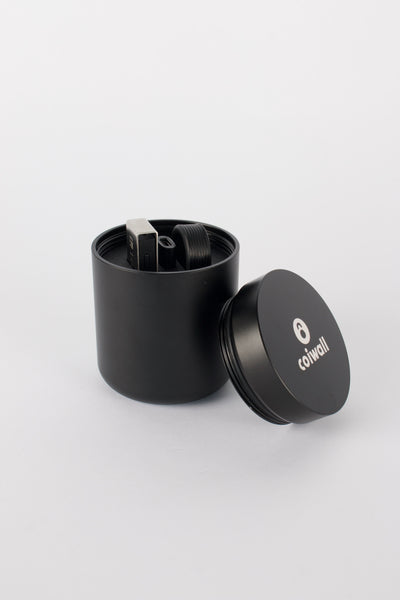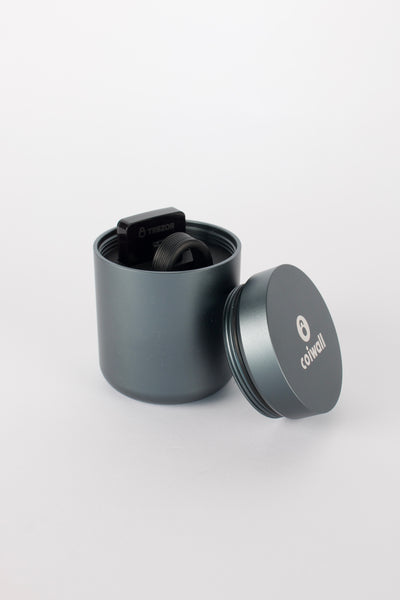You know how the heart keeps everything running in sync—quiet but crucial? Well, that’s exactly the role the Relay Chain plays in Polkadot’s lively blockchain universe. It’s the central artery weaving dozens—sometimes hundreds—of independent chains together. If you’re tinkering with cryptocurrencies, using hardware wallets like Trezor or Ledger, or just watching blockchain headlines scroll by, understanding the Relay Chain is your ticket to the Polkadot party. So, let’s stroll through it—spilled coffee, side comments, and all.
So, What Actually Is the Relay Chain?
Picture the Relay Chain as the conductor in an orchestra, ensuring each instrument (or blockchain) plays its part on cue. In Polkadot’s tangled network, the Relay Chain is the core chain. If you’re thinking, “Wait, does it do everything?”—well, kind of, but also not really. It doesn’t host smart contracts or user apps. Instead, it does the heavy lifting around network security and communication. The fanciest baton twirl you’ll ever see, honestly.
Why All the Fuss Over Parachains and Parathreads?
Hold that thought. The Relay Chain doesn’t act alone. It supports a whole cast of characters: parachains and parathreads. Both are independent blockchains, but parachains have a dedicated spot on the network, kind of like season ticket holders at a football game. Parathreads just pop in occasionally, paying as they go, perfect for smaller projects or test runs.
But here’s the kicker: All these chains—fancy, experimental, fast, or slow—hook into the Relay Chain. When you, let’s say, send DOT tokens or use a Ledger wallet to stake or vote in governance, your action rides along the Relay Chain for trust and validation. That keeps all data moving safely and swiftly, with each blockchain speaking the same core language, but without bumping into one another chaotically.
Let’s Talk Security: Don’t Put All Your Eggs in One Basket... Except Here You Kinda Do
Security is one of those words most of us gloss over until something goes sideways. In Polkadot, the Relay Chain’s security model is communal. Validators—think of them as network guardians—stake DOT tokens (Polkadot’s native coin) to secure the Relay Chain. If they mess up, their stake is on the line. No pressure, right?
Now, here’s a tricky part: if the Relay Chain gets rolled back for some reason (say, a bad block), every attached parachain rewinds too. You might call this all-in, but here, it ensures the network operates as a single, tightly-woven fabric. That interconnectedness? It’s what makes funds in Trezor or Ledger wallets so confidently secure within the Polkadot ecosystem. This isn’t just theory—the world recently saw hesitant blockchain projects flock to Polkadot for this shared protection.
Boring or Brilliant? Minimalism in Action
I’ll be straight with you: the Relay Chain is not built for show. No fancy smart contracts. No web apps. Nothing that makes for splashy headlines. Its real job is to be robust and reliable—a bit like that silent IT wizard who keeps everything online in a busy office. You want speed? It processes only the core transactions: parachain coordination, staking, pairings for cross-chain communication, and on-chain governance. The dazzle happens elsewhere.
Real-World Impact: Why Crypto Wallets, Even the Cold Ones, Depend on the Relay Chain
This all starts to matter the second you introduce actual money or digital assets. Whether you’re using a Ledger Nano X or a Trezor Model T, you want smooth, safe flexibility. The Relay Chain is the reason Ledger, for example, can secure DOT and participate in parachain slot auctions. It’s also the bridge for cross-chain swaps, making it possible to move assets or data to other ecosystems securely. (Ever tried bridging tokens from one network to another without anxiety? Relay Chain makes that possible.)
That’s not just technical wizardry. It gives real, cold-wallet-level peace of mind, helping investors and users sleep easier at night.
Quick Run-Down: How Does the Relay Chain Stand Out from Parachains?
- Purpose: The Relay Chain is the chief coordinator. Parachains are the specialists, each running unique apps or features.
- Smart Contracts: Nope, not here. The Relay Chain keeps it simple. Parachains, though, often host smart contracts and apps galore.
- Security: The Relay Chain’s validators hold the line for everyone. Parachains get network-wide protection just by plugging in.
- Transactions: Relay Chain covers governance, staking, and keeping parachains in sync. Parachains cover their own specific use cases.
People sometimes say, “Why not let the Relay Chain do more?” Here’s the thing: limited scope means faster processing and fewer mess-ups. The more you pile on, the more things can go wrong. Keeping the core slim and focused isn’t just smart—it’s essential for stability.
Parachains, Bridges, and a World Without Borders
Now, here’s where things get extra interesting. The Relay Chain also connects to bridges—special parachains that link to blockchains like Ethereum or Bitcoin. Imagine hopping on a bullet train from one city to another, your belongings safe in a vault as you travel. That’s the peace of mind bridges supported by the Relay Chain bring. Your Ledger or Trezor hardware wallet, used on Polkadot, can manage assets across different blockchain families without skipping a beat.
Suddenly, the blockchain world isn’t made up of isolated islands, each with its own customs and currency. Thanks to the Relay Chain, you have a sprawling, interconnected grid, and you barely notice the handshakes happening in the background.
Is It Revolutionary or Just a Really Good Piece of Infrastructure?
Let’s be honest—blockchain is full of buzzwords and huge promises. The Relay Chain skips the hype and focuses on reliability. It’s not glamorous, but it’s foundational. As Polkadot grows, attracting projects with differing requirements, the Relay Chain keeps it all humming quietly. DOT holders can trust their investments; developers can expand with confidence; cold wallet users don’t lose sleep over technical headaches.
Maybe it’s not the flashiest part of crypto, but just like a city’s plumbing, you’d miss it instantly if it stopped working.
Final Thoughts
If you’re running Polkadot tokens through a Trezor or Ledger device, or you’re developing the next big blockchain project, the Relay Chain is your backend hero. It’s coordination, security, and community, all rolled into one. So, the next time someone talks about crypto’s 'interoperable future,' you’ll know the real workhorse is the Relay Chain—keeping everything in tune, so the whole network can keep playing on.
Curious to learn more? Pop over to resources like Ledger’s Academy
or the Polkadot architecture wiki and see what else is going on behind the scenes. Until next time, keep your private keys safe and your networks talking.











